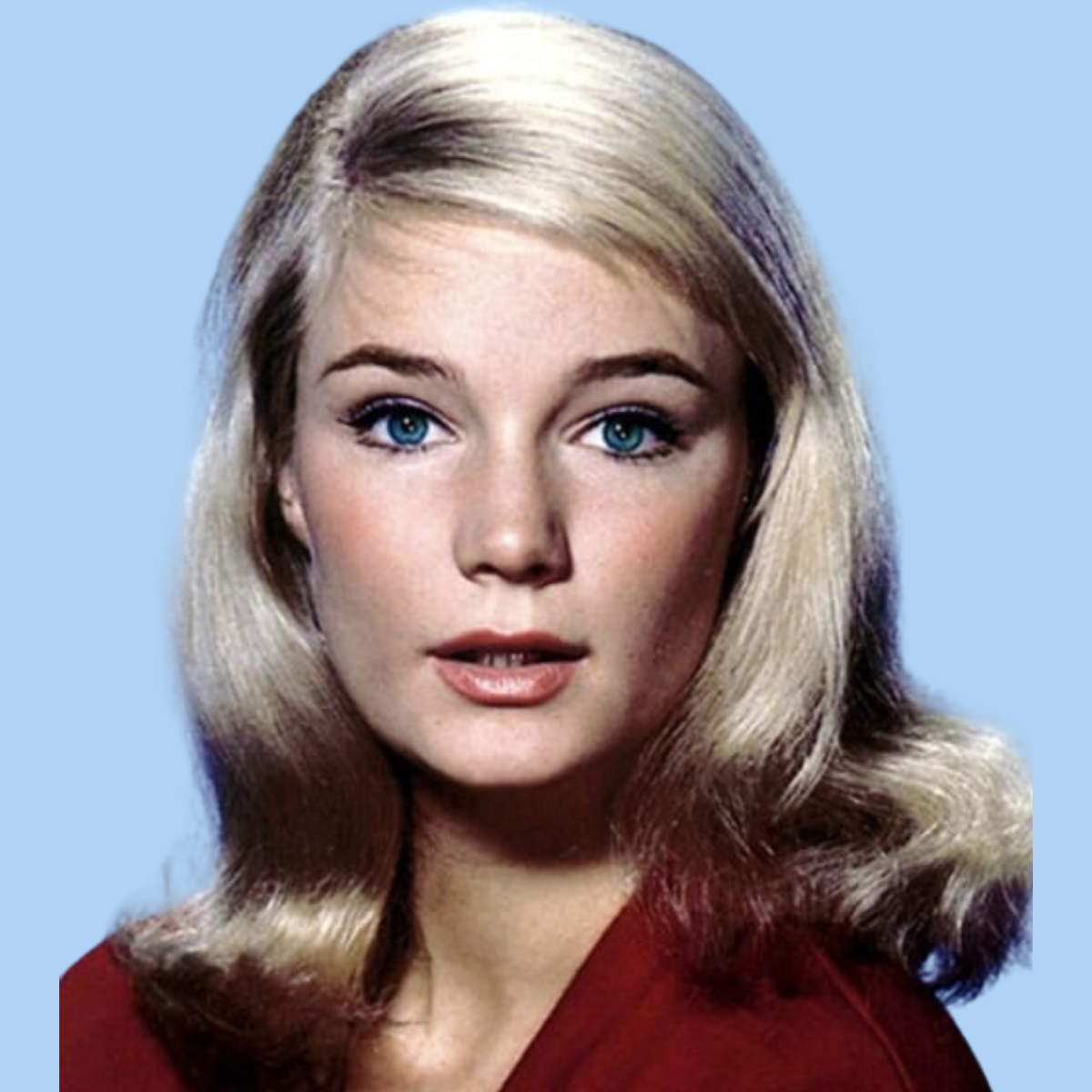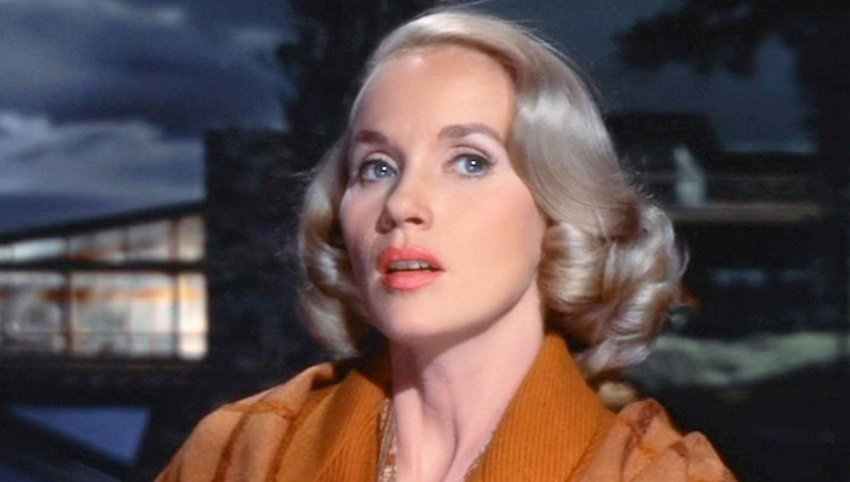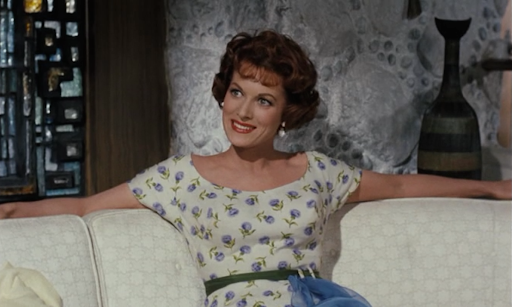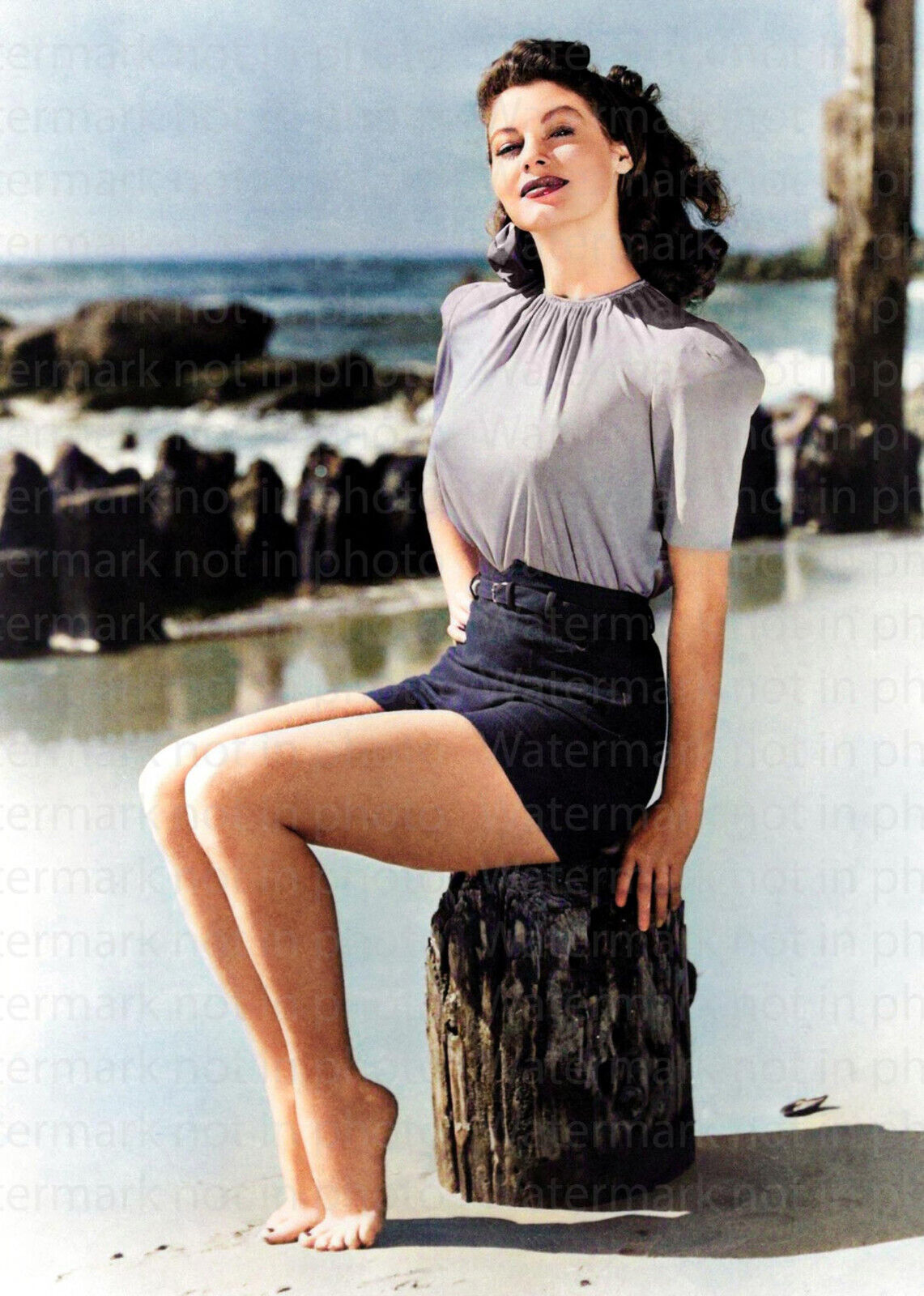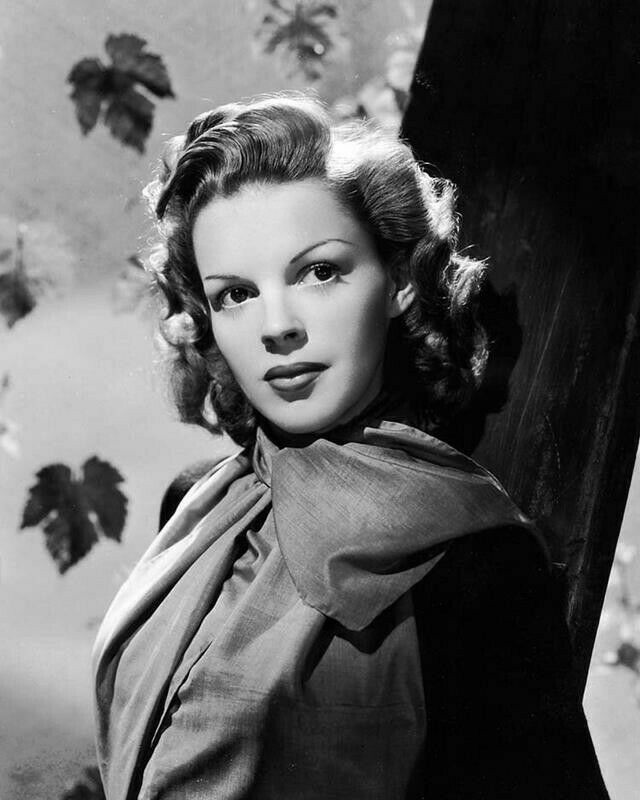Introduction:
Yvette Mimieux, the epitome of elegance, charm, and talent, graced the silver screen during the 1960s with her captivating performances and timeless beauty. Best known for her role as Weena in the classic science fiction film “The Time Machine,” Mimieux enchanted audiences with her ethereal presence and versatile acting skills. In this extensive exploration, we’ll delve into Yvette Mimieux’s illustrious career during the 1960s, highlighting her iconic roles, memorable performances, and enduring legacy as a beloved actress of her time.
Early Life and Career Beginnings:
Yvette Mimieux was born on January 8, 1942, in Los Angeles, California, and began her acting career in the late 1950s. After studying at the Actors Studio in New York City, Mimieux made her film debut in 1959 in the teen comedy “Platinum High School.” Her natural talent and striking beauty caught the attention of filmmakers, paving the way for her rise to stardom in the 1960s.
Breakthrough Role in “The Time Machine”:
Yvette Mimieux’s breakthrough came in 1960 when she starred as Weena, the Eloi woman, in George Pal’s adaptation of H.G. Wells’ “The Time Machine.” Her portrayal of the innocent and enigmatic Weena captivated audiences and solidified her status as one of Hollywood’s rising stars. Despite limited dialogue, Mimieux conveyed a wide range of emotions through her expressive eyes and graceful movements, earning praise from critics and audiences alike.
Iconic Roles and Memorable Performances:
During the 1960s, Yvette Mimieux delivered a series of iconic performances that showcased her talent and versatility as an actress. Some of her most notable roles during this period include:
- “Where the Boys Are” (1960): In this romantic comedy-drama, Mimieux starred as Melanie Tolman, one of four college students on spring break in Fort Lauderdale. Her portrayal of the intelligent and independent Melanie earned her critical acclaim and endeared her to audiences as the film became a box office hit.
- “The Light in the Piazza” (1962): Mimieux delivered a poignant performance as Clara Johnson, a mentally challenged young woman who falls in love while traveling in Italy with her mother. Her sensitive portrayal of Clara’s innocence and vulnerability earned her a Golden Globe nomination for Best Actress in a Supporting Role.
- “The Four Horsemen of the Apocalypse” (1962): In Vincente Minnelli’s epic war drama, Mimieux starred as Chi Chi Desnoyers, the beautiful and headstrong granddaughter of a wealthy Argentine landowner. Her performance opposite Glenn Ford showcased her dramatic range and depth as an actress.
Style and Influence:
Yvette Mimieux’s impact extended beyond her acting talent to her timeless beauty and iconic sense of style. With her luminous complexion, doe-like eyes, and graceful demeanor, Mimieux became a fashion icon of the 1960s, inspiring trends in hair, makeup, and fashion. Her effortless elegance and understated glamour continue to influence fashion and beauty trends to this day.
Later Years and Legacy:
In the decades that followed the 1960s, Yvette Mimieux continued to work in film and television, earning acclaim for her performances and contributions to the entertainment industry. Although she scaled back her acting career in later years, Mimieux remained active in various artistic pursuits, including writing and photography. Her legacy as a beloved actress of the 1960s endures, and she remains a cherished figure in the hearts of fans around the world.
Conclusion:
Yvette Mimieux’s impact on Hollywood during the 1960s is undeniable, as she captivated audiences with her talent, beauty, and grace. From her iconic role in “The Time Machine” to her memorable performances in a variety of genres, Mimieux left an indelible mark on the silver screen. As we celebrate her contributions to cinema, we honor Yvette Mimieux’s remarkable career and the timeless magic she brought to every role she portrayed.
